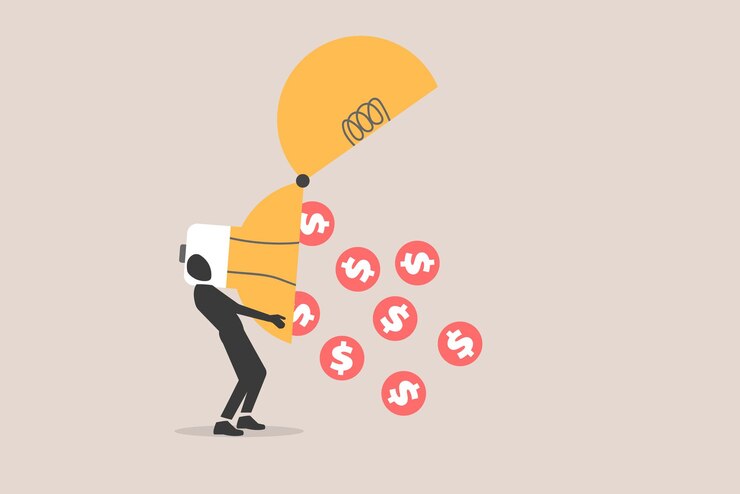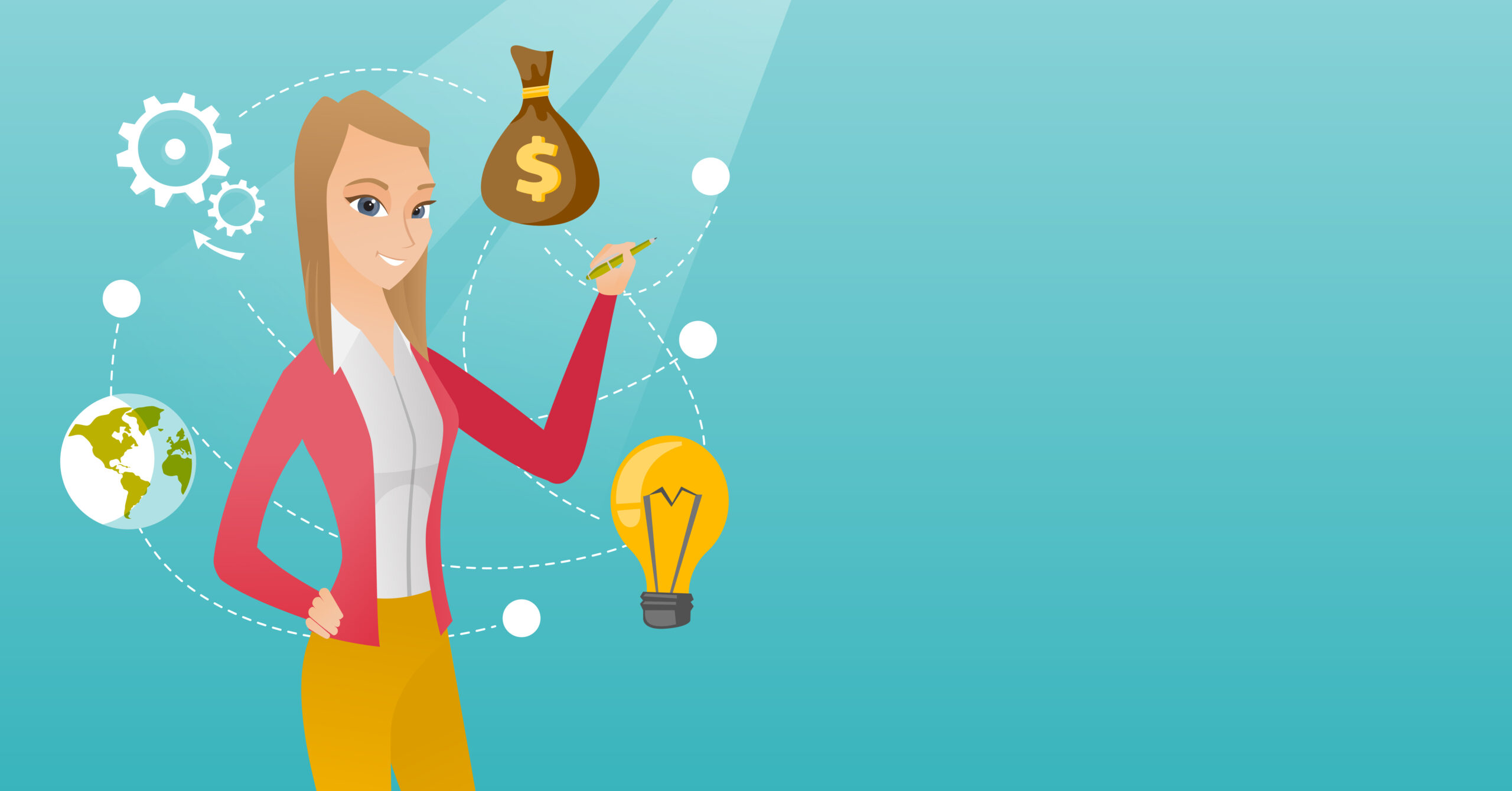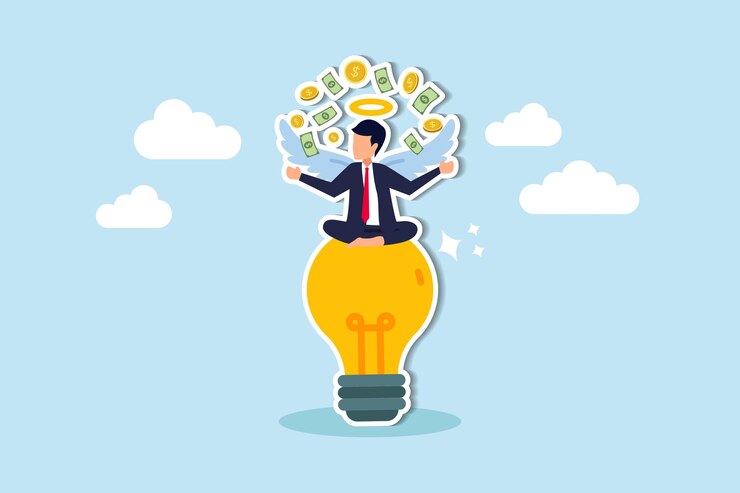Debt can feel like a heavy weight on your shoulders. It makes life stressful and keeps you from enjoying the things you love. But the good news is that you can break free from debt. With small steps and consistent effort, you can take control of your money and build a brighter future. In this article, we’ll walk you through a simple step-by-step guide to better finances. These steps are easy to follow and don’t require any special skills. Let’s get started!
Understand Your Debt
The first step to getting out of debt is understanding it. Many people feel overwhelmed because they don’t know how much they owe or who they owe it to. To fix this, write down all your debts.
Here’s how:
- Make a list of everyone you owe money to.
- Write down how much you owe each person or company.
- Note the interest rate for each debt (if there is one).
For example, if you owe $500 on a credit card and $1,000 for a car loan, write it all down. Seeing the numbers helps you face the problem. Once you know what you owe, you can start solving it.
Stop Borrowing More Money
To get out of debt, you need to stop borrowing more money. Every time you borrow, you add to your debt. This makes it harder to pay off.
Here’s what to do:
- Avoid using credit cards unless you can pay them off right away.
- Don’t take out new loans unless it’s an emergency.
- If you need something, save up for it instead of borrowing.
For instance, if you want a new phone but can’t afford it, wait until you have enough money. Borrowing will only make your debt bigger.
Create a Simple Budget
A budget is like a plan for your money. It tells you how much to spend and save each month. Without a budget, it’s easy to overspend and stay in debt.
Here’s how to make one:
- Write down how much money you earn each month.
- List all your fixed expenses, like rent, utilities, and groceries.
- Subtract these expenses from your income.
- Use the leftover money for debt payments and savings.
For example, if you earn $1,000 a month and your expenses are $800, you’ll have $200 left. You could use $150 to pay off debt and save $50.
A budget doesn’t have to be perfect. Start simple and adjust as you go. Over time, you’ll get better at sticking to it.
Pay More Than the Minimum
When you pay only the minimum amount on your debt, it takes longer to pay it off. Plus, you end up paying more in interest. To speed things up, pay more than the minimum whenever you can.
Here’s how:
- Look at your extra money after paying bills.
- Use some of it to pay extra on your debt.
For example, if your credit card bill is $50 and you have $20 extra, pay $70 instead. This reduces your debt faster and saves you money in the long run.
Focus on One Debt at a Time
Trying to pay off all your debts at once can feel overwhelming. Instead, focus on one debt at a time. There are two popular ways to do this:
The Snowball Method
- Start with the smallest debt first.
- Pay as much as you can on that debt while making minimum payments on others.
- Once the smallest debt is paid, move to the next one.
For example, if you owe $200 on one bill and $1,000 on another, pay off the $200 first. This gives you quick wins and keeps you motivated.
The Avalanche Method
- Start with the debt with the highest interest rate.
- Pay as much as you can on that debt while making minimum payments on others.
- Once the high-interest debt is paid, move to the next one.
For example, if one debt has a 20% interest rate and another has 5%, focus on the 20% one first. This saves you money on interest over time.
Choose the method that works best for you. Both will help you get out of debt.
Build an Emergency Fund
An emergency fund is money set aside for unexpected events. These could include losing your job, getting sick, or needing car repairs. Without an emergency fund, you might have to borrow money when life throws a curveball.
Here’s how to start:
- Set a small goal, like $500 or $1,000.
- Save a little bit each month, even if it’s just $10 or $20.
- Keep the money in a separate account so you’re not tempted to spend it.
For example, if you save $50 a month, you’ll have $600 in a year. This gives you peace of mind and prevents you from going deeper into debt.
Cut Unnecessary Spending
One reason people stay in debt is unnecessary spending. They buy things they don’t really need. To stop this habit, look for ways to cut costs.
Here’s how:
- Cook meals at home instead of eating out.
- Cancel subscriptions you don’t use, like streaming services.
- Shop for discounts or use coupons.
For example, if you spend $50 a month on coffee, try making it at home. This could save you $40 or more. Every dollar you save can go toward your debt.
Increase Your Income
If you’re struggling to pay off debt, earning extra income can help. There are many ways to make extra money without quitting your job. Here are some ideas:
- Sell things you don’t need, like old clothes or electronics.
- Rent out a room in your home or your car.
- Offer services like babysitting, pet sitting, or tutoring.
For example, if you sell old items for $100, that’s money you didn’t have before. Every little bit helps.
Stay Motivated
Paying off debt takes time and effort. It’s easy to feel discouraged along the way. To stay motivated, remind yourself why you’re doing this.
Here’s how:
- Celebrate small wins, like paying off a small debt.
- Visualize your life without debt. Imagine how free and happy you’ll feel.
- Share your progress with friends or family for support.
For example, if you pay off $500, treat yourself to a small reward, like a movie night. This keeps you excited about your journey.
Learn to Say No
Sometimes, saying no is the best thing you can do for your finances. Friends or family might invite you to dinner, shopping, or trips. While these activities can be fun, they can also drain your wallet.
It’s okay to say no if you can’t afford something. For example:
- If your friends want to eat at an expensive restaurant, suggest a cheaper option.
- If someone asks you to lend money, explain that you’re focusing on your own financial goals.
Saying no doesn’t mean you’re being selfish. It means you’re taking care of yourself and your future. Remember, your financial health is important.
Automate Payments
Automating your payments makes it easier to stay on track. You won’t have to worry about missing a payment or forgetting to pay on time.
Here’s how:
- Set up automatic payments for your debts.
- Decide how much to pay each month.
- Adjust as your income grows.
For example, if you automate $100 to your credit card each month, you’ll never miss a payment. This helps you avoid late fees and reduces your debt faster.
Avoid Lifestyle Inflation
Lifestyle inflation happens when you spend more money as your income grows. For example, if you get a raise, you might buy a bigger house or a nicer car. This keeps you stuck in the debt cycle.
To avoid this:
- Stick to your budget, even if you earn more.
- Use extra income to pay off debt or save money.
- Focus on long-term goals instead of short-term pleasures.
For instance, if you get a $200 raise, use $100 to pay off debt and save the other $100. This helps you build wealth instead of adding to your debt.
Final Thoughts
Getting out of debt is a journey. It takes time, patience, and effort. But with these steps, you can take control of your finances and build a brighter future. Understand your debt, create a budget, and focus on one debt at a time. Cut unnecessary spending, increase your income, and stay motivated. Build an emergency fund and learn to say no. Automate your payments and avoid lifestyle inflation.







Deixe um comentário